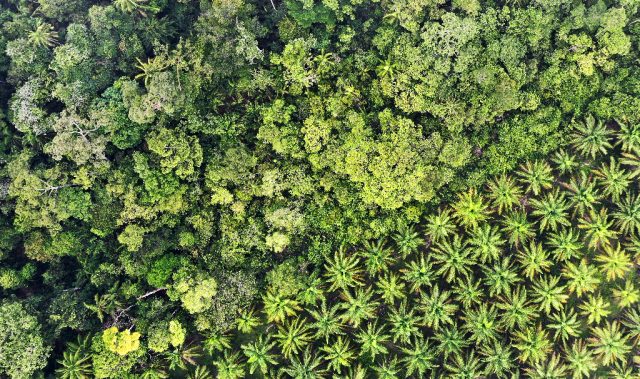
AsianScientist (Oct. 29, 2013) – Imagine trekking through the tropical Borneo rainforest, camping in the Cambodian woods, scaling the Indonesian mountains or even swimming in a Chinese lake. You’d be surprised to learn that some unique Asian critters have set their homes in these destinations.
Asian Scientist Magazine scopes out the most unique and rarely seen wild things that roam this continent.
Leopard Cat
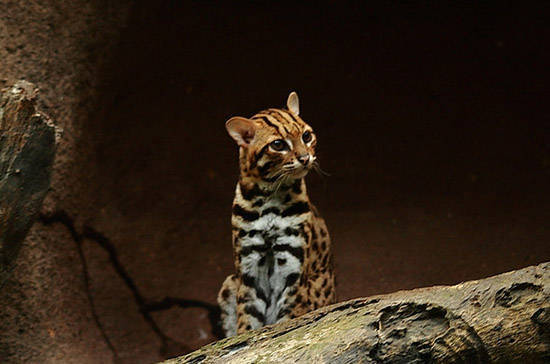
The Asian leopard cat (Prionailurus bengalensis) is a small feline native to India, Japan and some Southeast Asian countries. It has similar spotted patterns to a leopard and resembles the average house kitty, but leopard cats have a little hidden talent. Because of a slight webbing between their toes, they are incredible swimmers that live in tropical jungles and regions close to water.
Pea-Sized Frog
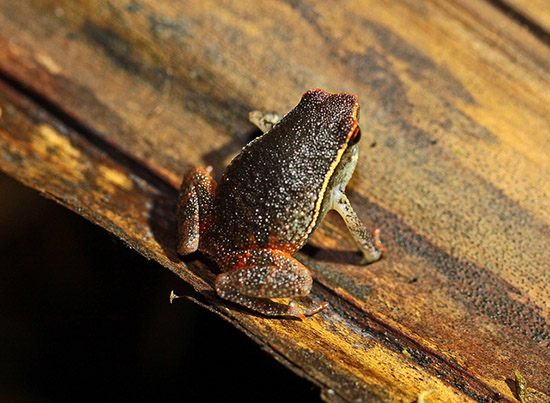
Can you believe that a frog the size of a pea actually exists? Discovered in a pitcher plant in Borneo, the Microhyla nepenthicola are the tiniest frogs known to inhabit this world. Initially, scientists believed they were examining young frogs but they soon concluded that even the biggest adult male frogs fail to grow more than half an inch in length. Next time you see a tiny blob, be sure to take a closer look—it could actually be a living thing.
Leaf Deer

If you thought Bambi was cute and adorable, it’s time to meet her competitor. The leaf deer (Muntiacus putaoensis) discovered in Myanmar is the world’s tiniest deer species and stands at just over two-and-a-half feet. The dwarf-sized animal had previously confused scientists into thinking it belonged to another species.
Bumblebee Bat
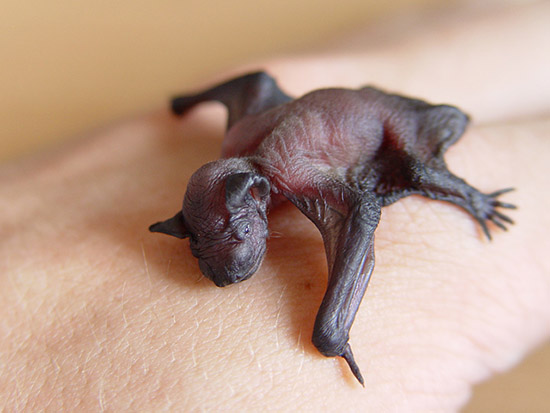
Unlike its name, this creature is in no way a fusion of a bumblebee and a bat. However, its second name might do the trick. Also known as the Kitti’s hog-nosed bat (Craseonycteris thonglongyai), these creatures are small, light and have an interesting feature—a nose very much like a hog. They are found in western Thailand near forest areas or in limestone caves.
Cambodian Tailorbird
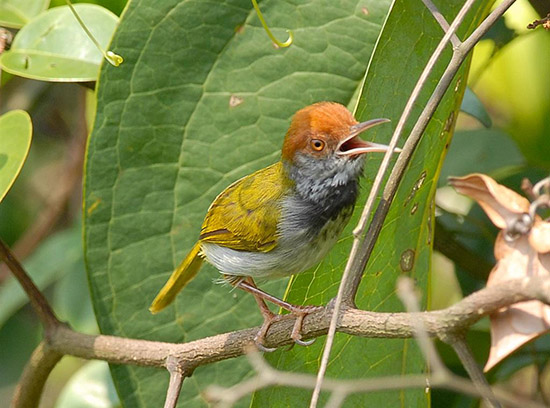
Scientists have discovered a new bird species in the heart of Phnom Penh. The birds are known for their skillful preparation of nests by weaving leaves together. The unique feathered creature (Orthotomus chaktomuk), which has orange feathers on its head and black feathers below its throat, has been spotted roaming the Mekong river.
Bright Blue Lizard

We know how good chameleons are at camouflaging themselves into the surroundings, and we often don’t even realize a lizard is on the grass or tree bark. Now imagine finding a vividly hued lizard (Calotes bachae) in a bright shade of cobalt blue during the day, before it winds down to a taupe shade in the evening. Found in Vietnam, the Calotes bachae can grow up to 11 inches in length.
Long-Legged Arachnid
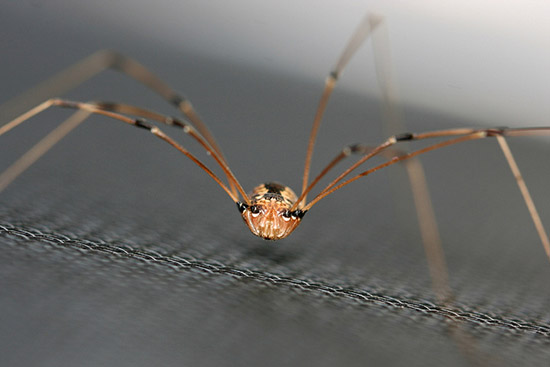
This is not the usual daddy longlegs species that you are familiar with. Found in the caves of the Southeast Asian country of Laos, the harvestmen, frequently mistaken for spiders, have hairline legs that can go up to 13 inches in length! Two words: supermodel legs.
Walking Catfish

What if a fish could walk on land? The new Southeast Asian discovery (Clarias batrachus) is a species of freshwater air-breathing catfish that has the ability to walk across dry land with its tiny fin-like legs. Talk about a fish out of water-literally!
——
Copyright: Asian Scientist Magazine; Photo: Daran Kandasamy/Flickr/CC.
Disclaimer: This article does not necessarily reflect the views of AsianScientist or its staff.







